New countries are emerging with alarming regularity. At the beginning of the 20th century, there were only a few dozen independent sovereign states on the planet. And today there are almost 200 of them! If a country is already formed, then it will be for a long time, therefore, the disappearance of a country is extremely rare. Over the past century, there have been very few such cases. But if a country disintegrates, then it completely disappears from the face of the Earth: along with the flag, government and everything else. Below are ten of the most famous countries that once existed and flourished, but ceased to exist for one reason or another.
10. German Democratic Republic (GDR), 1949-1990
Established after World War II in a sector controlled by the Soviet Union, the German Democratic Republic was best known for its Wall and its tendency to shoot people who tried to cross it.
The wall was torn down with the collapse of the Soviet Union in 1990. After its demolition, Germany was united and again became a whole state. However, in the beginning, due to the fact that the German Democratic Republic was rather poor, the union with the rest of Germany nearly ruined the country. At the moment, everything is working out in Germany.
9. Czechoslovakia, 1918-1992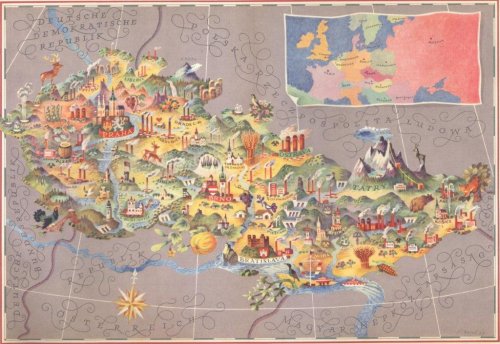
Created on the ruins of the old Austro-Hungarian Empire, during its existence, Czechoslovakia was one of the most vibrant democracies in Europe before World War II. Betrayed by England and France in 1938 in Munich, she was completely occupied by Germany and disappeared from the world map by March 1939. She was later occupied by the Soviets, who made her one of the vassals of the USSR. It was part of the Soviet Union's sphere of influence until its collapse in 1991. After the collapse, it again became a flourishing democratic state.
This was the end of this story, and, probably, the state would have been integral to this day, if the ethnic Slovaks living in the eastern half of the country had not demanded secession into an independent state, dividing Czechoslovakia in two in 1992.
Today Czechoslovakia no longer exists, in its place is the Czech Republic in the west and Slovakia in the east. Although, given the fact that the Czech economy is booming, Slovakia, which is not doing so well, probably regrets secession.
8. Yugoslavia, 1918-1992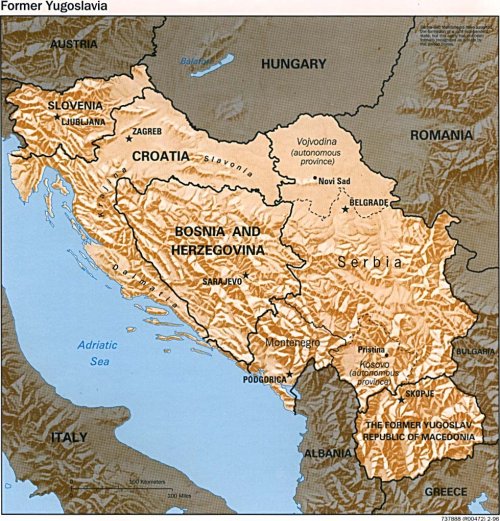
Like Czechoslovakia, Yugoslavia was a product of the collapse of the Austro-Hungarian Empire as a result of the Second World War. Consisting mainly of parts of Hungary and the original territory of Serbia, Yugoslavia unfortunately did not follow the more intelligent example of Czechoslovakia. Instead, it was something of an autocratic monarchy before the Nazis invaded the country in 1941. After that, she was under German occupation. After the defeat of the Nazis in 1945, Yugoslavia did not become part of the USSR, but became a communist country under the leadership of the socialist dictator Marshal Josip Tito, leader of the guerrilla army during World War II. Yugoslavia remained a non-aligned authoritarian socialist republic until 1992, when internal conflicts and irreconcilable nationalism erupted into civil war. After that, the country split into six small states (Slovenia, Croatia, Bosnia, Macedonia and Montenegro), becoming a clear example of what can happen if cultural, ethnic and religious assimilation goes wrong.
7. Austro-Hungarian Empire, 1867-1918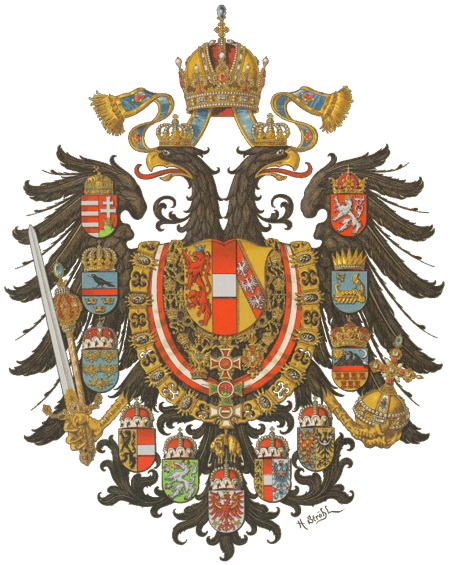
While all the countries that were on the losing side of the First World War found themselves in an unattractive economic and geographical position, none of them lost more than the Austro-Hungarian Empire, which was gnawed like a roast turkey in a homeless shelter. From the collapse of the once huge empire, such modern countries as Austria, Hungary, Czechoslovakia and Yugoslavia emerged, and part of the empire's lands went to Italy, Poland and Romania.
So why did she split up while her neighbor, Germany, remained intact? Yes, because it did not have a common language and self-determination, instead, various ethnic and religious groups lived in it, which, to put it mildly, did not get along with each other. Overall, the Austro-Hungarian Empire endured what Yugoslavia suffered, only on a much larger scale when it was torn apart by ethnic hatred. The only difference was that the Austro-Hungarian Empire was torn apart by the victors, and the disintegration of Yugoslavia was internal and spontaneous.
6.Tibet, 1913-1951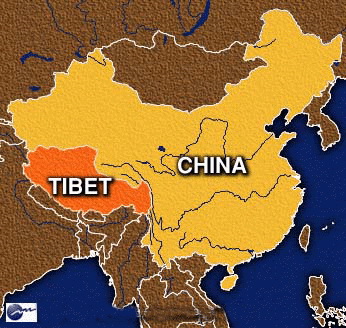
Although the territory known as Tibet existed for over a thousand years, it was not able to become an independent state until 1913. However, while under the peaceful tutelage of a number of Dalai Lamas, he eventually clashed with communist China in 1951 and was occupied by Mao's forces, thus ending his brief existence as a sovereign state. In the 1950s, China occupied Tibet, where more and more unrest grew, until Tibet finally rebelled in 1959. This led to China annexing the region and dissolving the Tibetan government. Thus, Tibet ceased to exist as a country and instead became a "region" instead of a country. Today, Tibet is a huge tourist attraction for the Chinese government, even though there are feuds between Beijing and Tibet over the fact that Tibet is again demanding the return of its independence.
5.South Vietnam, 1955-1975
South Vietnam was created by forcibly expelling the French from Indochina in 1954. Someone decided that dividing Vietnam in two around the 17th parallel would be a good idea, leaving Communist Vietnam in the north and pseudo-democratic Vietnam in the south. As with Korea, nothing good came of it. The situation led to a war between southern and northern Vietnam, which eventually involved the United States. This war has become one of the most devastating and expensive wars for the United States of America that America has ever fought. As a result, torn apart by internal divisions, America withdrew its troops from Vietnam and left it on its own in 1973. For two years, Vietnam, split in two, fought until North Vietnam, backed by the Soviet Union, seized power over the country, eliminating South Vietnam for good. The capital of the former South Vietnam, Saigon, was renamed Ho Chi Minh City. Since then, Vietnam has been a socialist utopia.
4. United Arab Republic, 1958-1971
This is another failed attempt to unite the Arab world. The Egyptian President, an ardent socialist, Gamel Abdel Nasser, believed that unification with Egypt's distant neighbor, Syria, would lead to the fact that their common enemy, Israel, would be surrounded on all sides, and that the united country would become super- the strength of the region. Thus, a short-lived United Arab Republic was created - an experiment that was doomed to failure from the outset. Separated by several hundred kilometers, creating a centralized government seemed an impossible task, plus Syria and Egypt could never agree on what national priorities were.
The problem would be solved if Syria and Egypt united and destroyed Israel. But their plans were thwarted by the misplaced 1967 Six-Day War, which ruined their plans for a joint border and turned the United Arab Republic into a biblical defeat. After that, the days of the union were numbered, and, in the end, the UAR broke up with the death of Nasser in 1970. Without a charismatic Egyptian president to support the fragile alliance, the UAR quickly disintegrated, rebuilding Egypt and Syria as separate states.
3. Ottoman Empire, 1299-1922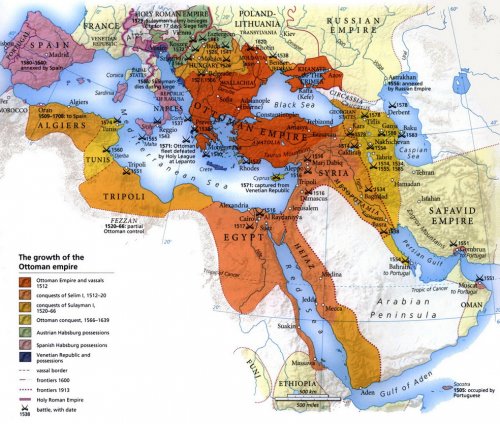
One of the greatest empires in the history of mankind, the Ottoman Empire collapsed in November 1922, after having existed for more than 600 years. It once stretched from Morocco to the Persian Gulf and from Sudan to Hungary. Its disintegration was the result of a long process of disintegration over many centuries; by the beginning of the 20th century, only a shadow of its former glory remained from it.
But even then, she remained an influential force in the Middle East and North Africa, and most likely would remain so today if she did not participate in the First World War on the side of the losers. After the First World War, it was disbanded, the largest part of it (Egypt, Sudan and Palestine) went to England. In 1922, it became useless and eventually disintegrated completely when the Turks won their War of Independence in 1922 and intimidated the sultanate, creating modern Turkey along the way. Nevertheless, the Ottoman Empire deserves respect for its long existence no matter what.
2. Sikkim, 8th century AD-1975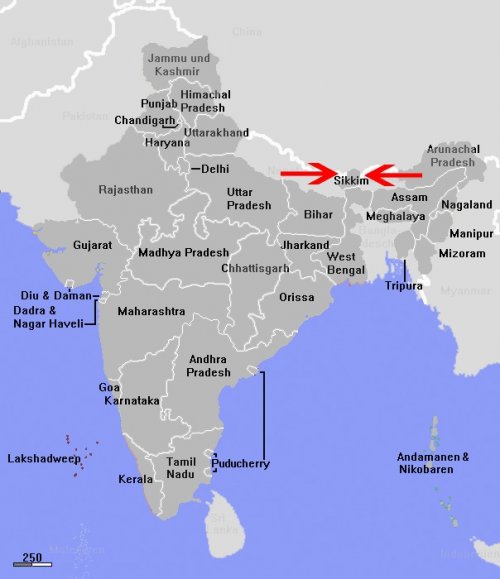
Have you never heard of this country? Where have you been all this time? Well, seriously, how could you be unaware of the small, landlocked Sikkim nestled securely in the Himalayas between India and Tibet ... that is, China. The size of a hot dog stand, it was one of those unknown, forgotten monarchies that managed to hold out until the 20th century, until its citizens realized that they had no particular reason to remain an independent state, and did not decided to unite with modern India in 1975.
What was remarkable about this small state? Yes, because, despite its incredibly small size, it had eleven official languages, which probably created chaos when signing road signs - if we assume that there were roads in Sikkim.
1. Union of Soviet Socialist Republics (Soviet Union), 1922-1991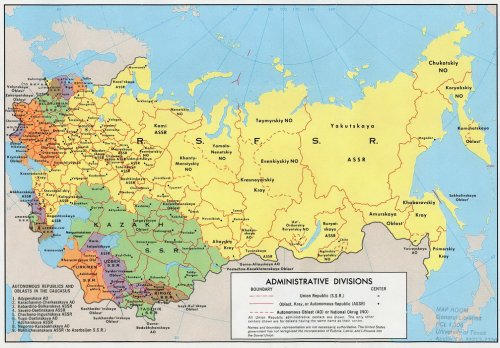
It is difficult to imagine the history of the world without the participation of the Soviet Union. One of the most powerful countries on the planet, which collapsed in 1991, for seven decades it has been a symbol of friendship between peoples. It was formed after the collapse of the Russian Empire after the First World War and flourished for many decades. The Soviet Union defeated the Nazis when the efforts of all other countries were insufficient to stop Hitler. The Soviet Union almost started a war with the United States in 1962, this event was called the "Cuban Missile Crisis".
After the Soviet Union collapsed, following the fall of the Berlin Wall in 1989, it split into fifteen sovereign states, thus creating the largest bloc since the collapse of the Austro-Hungarian Empire in 1918. Democratic Russia is now the main successor to the Soviet Union.
